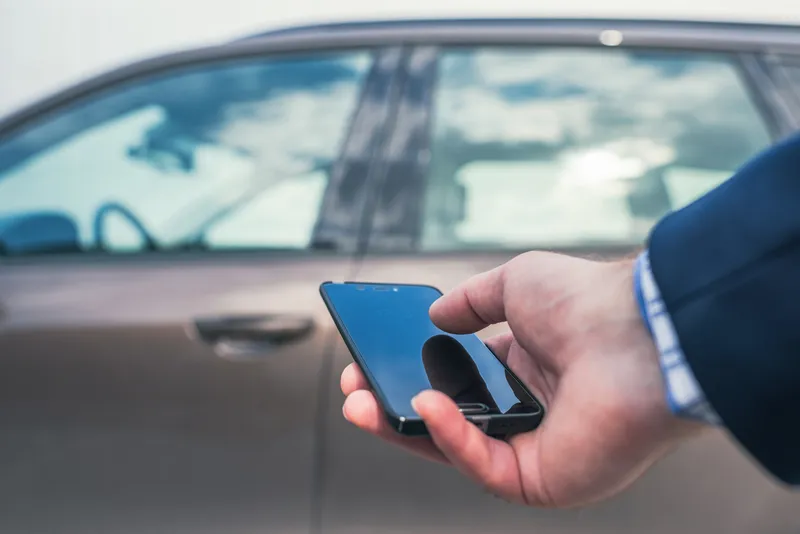Westermo's DDW-120 Ethernet extender allows existing twisted pair cables to be used to establish a high-speed remote connection between two Ethernet networks.
February 3, 2012
Read time: 1 min
The device employs a transient blocking unit on each line interface to provide both over-current and over-voltage protection, allowing the line to handle indirect lightning strike transients, power induction and short circuit problems.
The DDW-120 uses twisted pair cables rather than expensive optical fibres or radio links. This plug-and-play unit covers many applications, offering data rates from 192Kbit/s to 5.7Mbit/s in both directions over distances of up to 15km (10 miles).










